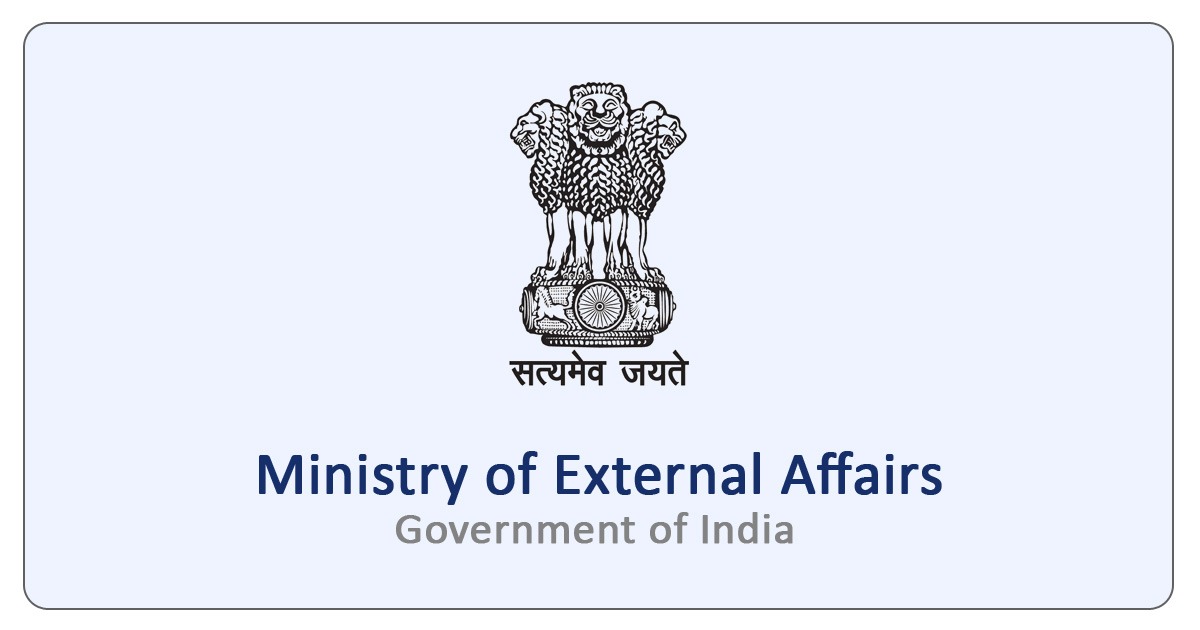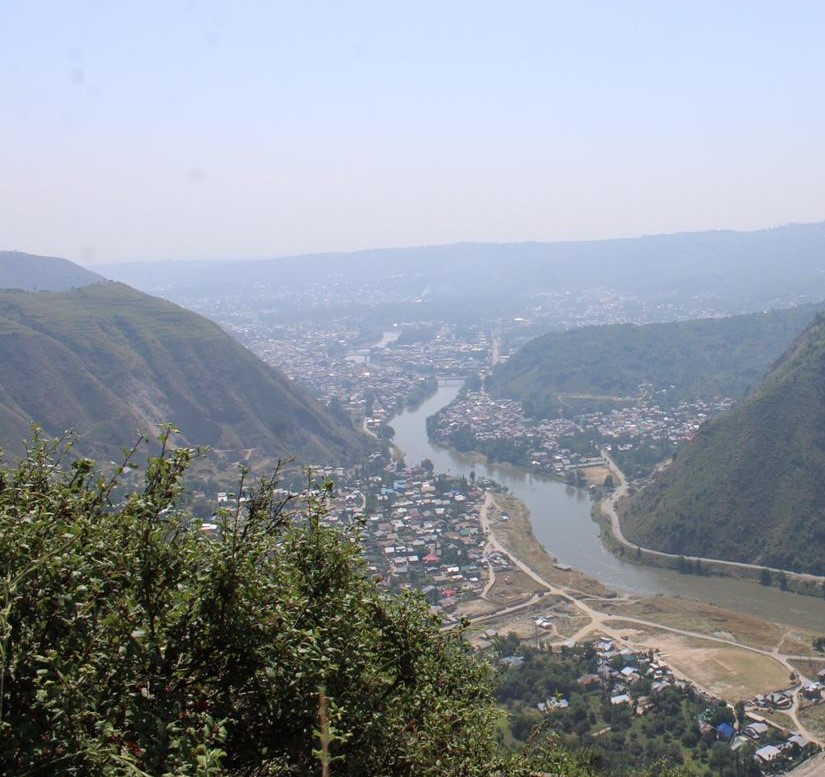In cities across India, a common scene has become a symbol of silent conflict — municipal teams clearing roadside areas, while handcart owners watch their goods being taken away, damaged, or destroyed. These anti-encroachment drives, meant to maintain public order, often end up causing emotional and economic devastation for thousands who earn their living through street trading.
It is a complex issue. On one hand, city authorities are doing their job — trying to ensure roads remain decongested and public spaces are safe. On the other hand, handcart owners, many of whom are poor and marginalized, have no designated space or licenses, and rely on their carts to survive.
This is not just a question of law — it is a question of humanity, of inclusion, and of how we treat our weakest citizens.
- What Actually Happens During These Drives
Municipal drives are often conducted as part of routine efforts to maintain cleanliness and order in public spaces. Officers, along with sanitation staff or local police, reach areas where roadside carts operate. However, due to the sudden nature of these drives, many cart-pullers — some just beginning their day — may find themselves unprepared, highlighting the need for better coordination and communication on both sides.
Some plead, some beg, others simply watch helplessly. “Please don’t take this — this is for my children,” they cry. But often, the response is swift and harsh. Carts are pushed aside, baskets of fruits dumped, stalls loaded into trucks. There are no formal receipts, no fines issued, and no clear explanation given. This sudden force turns daily work into devastation in minutes.
This method, while effective in clearing spaces, leaves behind broken livelihoods — and more importantly, damaged trust between citizens and the institutions meant to serve them.
- Hardships of the Handcart Owners
Most handcart owners are informal workers with no stable income, fixed space, or official identity. They push heavy carts over long distances, carry perishable goods, and sit under harsh weather conditions for 10–14 hours a day. Their investment is small — a few thousand rupees — but it’s often all they have.
A fruit seller in Jammu said, “I don’t block the road. I just stand in a corner to earn my daily bread. But one morning, they threw my bananas into the drain. I cried not because I lost money — I cried because I felt invisible.”
Their stories are not uncommon — and neither are their struggles. Most of them have no access to formal vending zones, licensing systems, or legal awareness.
- The Role of Municipal Corporations: Duty With Dignity
Municipal corporations are not villains in this story. They have a duty to maintain cleanliness, safety, and urban order. Encroachment on footpaths, traffic bottlenecks, and sanitation issues are real concerns. No city can function if every space is taken over informally.
But while their duty is justified, the method often isn’t. Throwing away someone’s livelihood is not regulation — it feels like punishment. Instead of abrupt removal or destruction, authorities can choose measured steps:
- Issue warnings
- Impose fines
- Seize goods temporarily
- Identify repeat offenders separately
- Provide vending alternatives where possible
This way, order is maintained — without cruelty.
Even some officials agree that a more balanced approach is needed. “We understand their pain,” said a senior Jammu Municipal official. “But the city has to function. We are ready to cooperate if handcart owners come forward for registration and follow rules.”
Urban planners too have voiced the need for more compassion. Prof. Neeraj Sharma, an expert on inclusive cities, says, “Street-level earners are part of urban India. Ignoring them or crushing them is not development — it’s displacement. We need co-existence strategies, not confrontation.”
- Real Examples From Across India
Jammu (January 2025)
Over 100 street vendors and shopkeepers staged a protest outside the residence of former CM Farooq Abdullah after the Jammu Municipal Corporation conducted a major anti-encroachment drive. The vendors alleged their goods were confiscated without warning and demanded an immediate halt to the operation.
Srinagar (January 28, 2022)
During a Srinagar Municipal Corporation (SMC) drive at Jahangir Chowk and Hari Singh High Street, several street vendors had their carts forcefully seized or vandalized. Multiple videos went viral showing vendors screaming:
- “Look how they are snatching our livelihood, where will we go? I’ve a family to feed.”
- “I’m a father of four girls… please don’t do this, where will I go?”
Nagpur, Maharashtra (May 2025)
The Sitabuldi hawking zone, used by around 1,000 vendors, was cleared in an anti-encroachment drive. Licensed hawkers were relocated to areas with poor footfall, with allegations that many returned after paying bribes Ranchi, Jharkhand (June 2025)
Over 100 vendors were evicted from major public roads. Though officials claimed prior warning, traders—including Ram Avadhesh and Rekha Mandal—argued they were given no viable alternatives .
Guwahati, Assam (June 2025)
Street vendors in Ganeshguri, Bhangagarh, and Jalukbari faced repeated evictions. Despite fines (up to ₹10,000) or confiscation, many returned within days—pointing to the cyclical nature of these drives .
A National Picture: Data and Reality
- Over 2.5% of India’s urban population earns a living through mobile street trading (Ministry of Housing & Urban Affairs).
- The National Policy on Urban Street Vendors estimates that over 10 million families rely on informal cart-based trade.
- A study in Delhi found that 70% of roadside sellers were evicted without any notice or paperwork.
In 2013, the Supreme Court of India upheld the rights of informal traders, saying: “The right to livelihood is a facet of the right to life under Article 21 of the Constitution.”
- Yes, Cities Need Development — But It Must Be Inclusive
There’s no question that urban areas must be organized. Public walkways must be free, traffic must move smoothly, and sanitation must be ensured. But in the process, we cannot erase people — especially those who rely on informal work for survival.
Development is not just about removing the poor — it’s about including them with dignity. Simply throwing their belongings away doesn’t eliminate the problem — it deepens inequality, and pushes them into debt, depression, and distrust.
If a cart is illegal or in the wrong place, seize it, fine it — but do not humiliate the person behind it. Create clear policies, provide designated vending spaces, and let people earn with self-respect.
Solutions That Serve All
We need a new approach that protects both public order and the right to livelihood:
- Establish vending zones with proper facilities
- Create transparent licensing systems
- Give prior written notices before action
- Train municipal staff in humane enforcement
- Provide low-cost stalls or carts on rent
- Set up grievance cells for street workers
Let handcart owners be seen as part of the economy — not a problem to be erased.
Policy Suggestions
- Fast-track implementation of Town Vending Committees (TVCs)
- Launch mobile registration and ID drives for cart-based traders
- Include informal earners in Smart Cities Mission planning
- Partner with NGOs for rehabilitation and alternate site planning
A City That Cares is a City That Grows
Urban development is necessary. But it must be done with care, consultation, and compassion. We cannot build smart cities by breaking the backs of those who serve us through the most basic forms of trade.
Let us create spaces for them — not sweep them away. Let us impose rules — not cruelty. Let us regulate — not ruin. Because in the end, no city is truly developed if its poorest are left behind on the footpaths of silence.
The writer can be contacted at [email protected]







